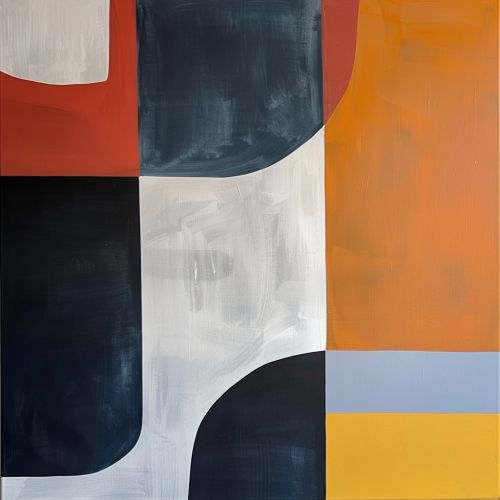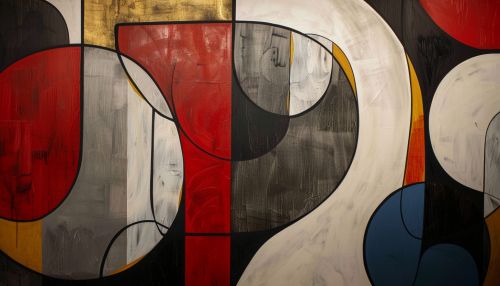History of Western art
Prehistoric Art
Prehistoric art, the earliest known form of artistic expression, provides a glimpse into the minds of our ancient ancestors. The term "prehistoric" refers to the period before written records, and the art from this era includes cave paintings, sculptures, and carvings. The Lascaux cave paintings in France, for example, are a significant example of prehistoric art, showcasing the sophistication and creativity of early humans.
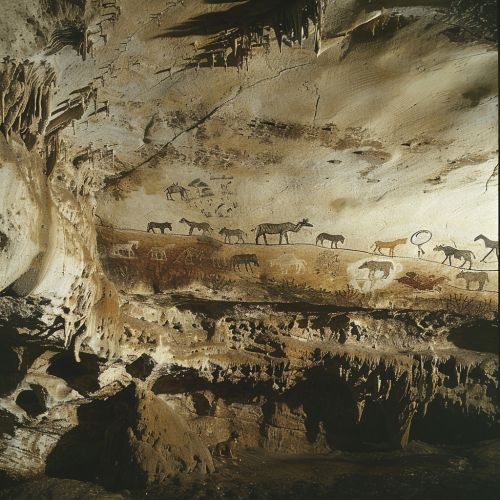

Ancient Art
Ancient art, which spans from the dawn of civilization to the fall of the Roman Empire, is characterized by its diversity, reflecting the wide range of cultures and civilizations that existed during this period. This era saw the rise of Egyptian art, Greek art, and Roman art, each with its unique style and aesthetic.
Egyptian Art
Egyptian art, known for its iconic depictions of gods, pharaohs, and complex hieroglyphics, was heavily influenced by religion and the afterlife. The Pyramids of Giza and the Great Sphinx are enduring symbols of this civilization's artistic prowess.
Greek Art
Greek art, on the other hand, is renowned for its emphasis on humanism, beauty, detail, and realism. The Greeks were the first to explore the concept of proportion and the use of shadow and light to add depth to their work. The Parthenon, a temple dedicated to the goddess Athena, exemplifies the harmony and balance found in Greek architecture.
Roman Art
Roman art, heavily influenced by Greek traditions, is recognized for its practicality and emphasis on engineering and architecture. The Colosseum, an architectural marvel, and the intricate mosaics found in the villas of Pompeii, demonstrate the Romans' mastery of art and design.
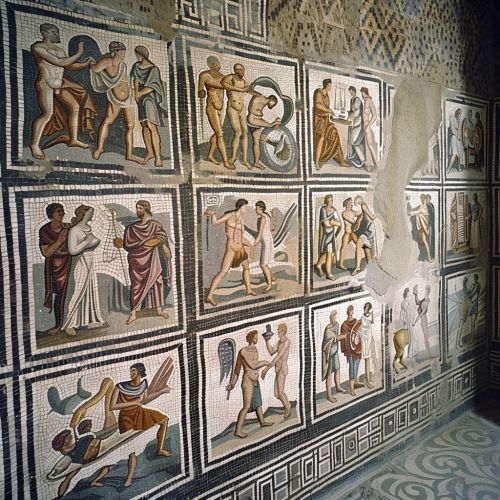
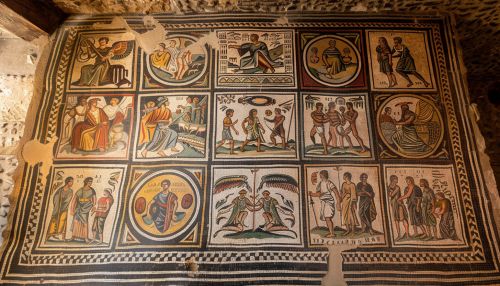
Medieval Art
Medieval art, spanning from the fall of the Roman Empire to the beginning of the Renaissance, is often associated with religious iconography. During this period, art served as a tool for the Church to communicate religious stories to the illiterate masses. The Gothic architecture of the Middle Ages, characterized by its pointed arches, ribbed vaults, and flying buttresses, is a testament to the era's innovative spirit.
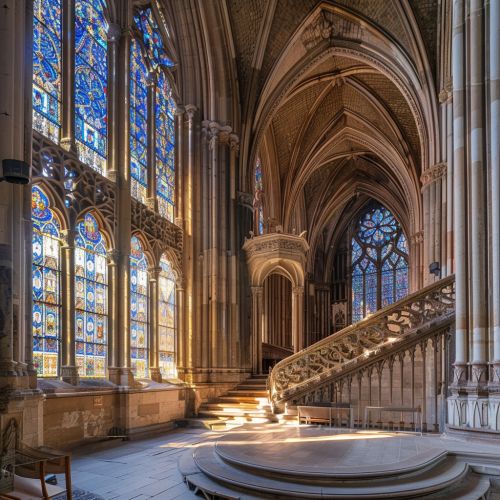
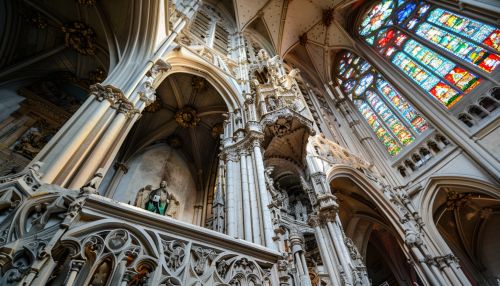
Renaissance Art
The Renaissance, a period of 'rebirth', marked a shift in artistic focus from the divine to the human. Artists began to strive for realism, employing techniques such as linear perspective and chiaroscuro to achieve depth and volume. The works of masters like Leonardo da Vinci, Michelangelo, and Raphael epitomize the artistic achievements of this era.
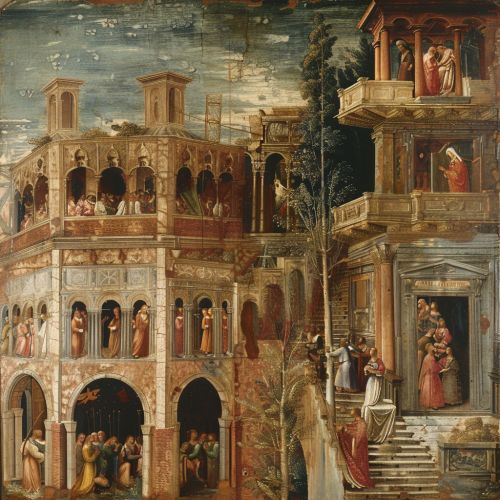
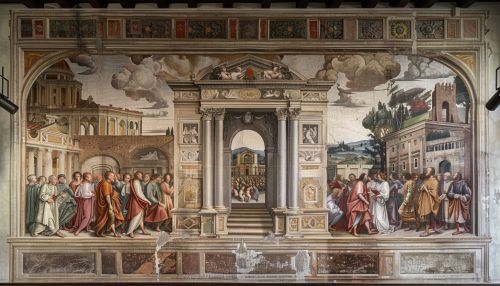
Baroque and Rococo Art
The Baroque period, following the Renaissance, is characterized by its dramatic use of light and shadow, rich colors, and dynamic compositions. The Rococo style, which followed the Baroque, is known for its light-hearted and decorative approach, often featuring playful themes and pastel colors. Artists like Caravaggio and Peter Paul Rubens are associated with the Baroque style, while François Boucher and Jean-Honoré Fragonard are known for their Rococo works.
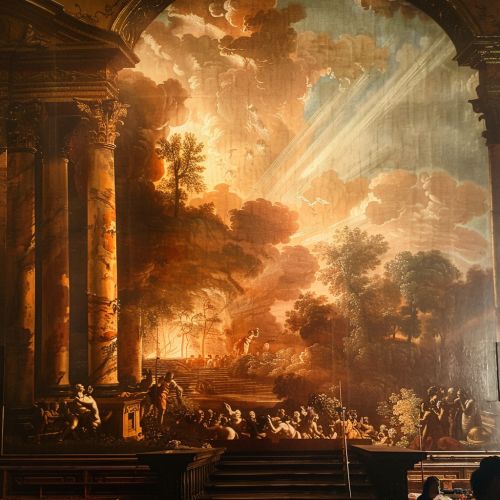
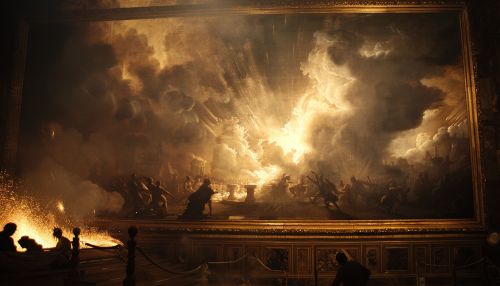
Modern and Contemporary Art
Modern art, a term generally associated with art produced during the late 19th and 20th centuries, saw a move away from traditional artistic practices and aesthetics. This period includes a variety of styles and movements, including Impressionism, Cubism, Surrealism, and Abstract Expressionism. Contemporary art, the art of today, continues this trend of experimentation and innovation, pushing the boundaries of what can be considered art.
